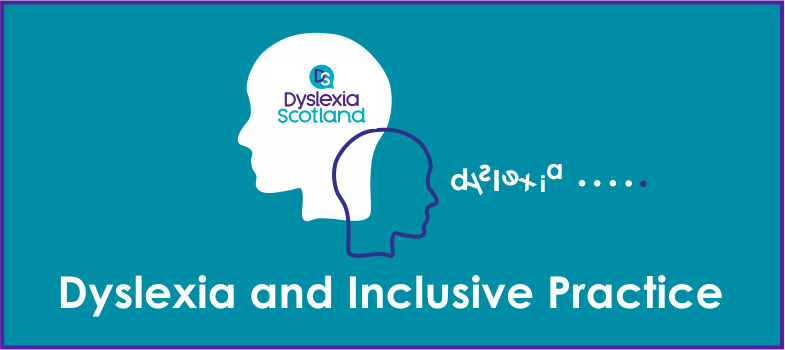4.2. Developing an inclusive curriculum to support effective learning and teaching
Curriculum for Excellence is an inclusive curriculum for learners from 3 to 18 years old, wherever learning is taking place.
The concept of inclusive practice is not new; in 2002 ‘Count Us In’, HMIE highlighted that an inclusive approach to education involves:
- Creating an ethos of achievement for all pupils within a climate of high expectation
- Valuing a broad range of talents, abilities and achievements
- Promoting success and self-esteem by taking action to remove barriers to learning
- Countering conscious and unconscious discrimination that may prevent individuals, or pupils from any particular groups, from thriving in the school
- Actively promoting understanding and a positive appreciation of the diversity of individuals and groups within society
Every child and young person is entitled to support to enable them to gain as much as possible from the opportunities that Curriculum for Excellence can provide. When it is felt that a child or young person may require some additional support, this is the initial responsibility of the classroom teacher.
The diversity of learners challenges policy makers, teachers and others to provide education that is able to respond flexibly to that diversity. We need to respond in such a way that barriers to participation, learning and achievement are removed; inclusion and equality are promoted and a high-quality education for all is developed and sustained.
A curriculum that is accessible to all learners enables schools and education authorities to meet:
- Legal responsibilities and statutory duties
- The needs of their learners, including those with and without Additional Support Needs, who can learn effectively from appropriately planned and developed resources
- The standards for Curriculum for Excellence
- Management responsibilities, including cost effective use of time through appropriate planning; use of IT; production of accessible digital resources which enable swift adaptation for different learners
Section 1 highlights that the Scottish education system is designed to be inclusive and that this is supported by equality and educational legislation, and policies that include Curriculum for Excellence.
The original report of the Curriculum Review Group, A Curriculum for Excellence (Scottish Executive, 2004) indicated that all children and young people should be successful learners, confident individuals, responsible citizens and effective contributors to society and at work. By providing accessible structure, support and direction to young people's learning, the curriculum should enable them to develop these four capacities. The curriculum should complement the important contributions of families and communities.
The design principles that schools, teachers and other educators should use to develop and implement the curriculum are:
- Challenge and enjoyment
- Breadth
- Progression
- Depth
- Personalisation and choice
- Coherence
- Relevance
The foundations of an accessible curriculum, which can meet the needs of all learners as highlighted in figure 25, is based on the inclusive legislation framework, which underpins educational planning and curriculum design.

The 2014 Making Sense report highlighted that, overall, the tariff score shows that young people with dyslexia achieve their set of qualifications at a level which is less than 60% of the national average. Given that dyslexia is not connected to cognitive ability, it is necessary that schools and local authorities consider their duty and requirements to plan and provide a curriculum that will support all learners to achieve to the best of their ability and achieve a positive outcome.
4.1. Learning, teaching, assessment and planning
